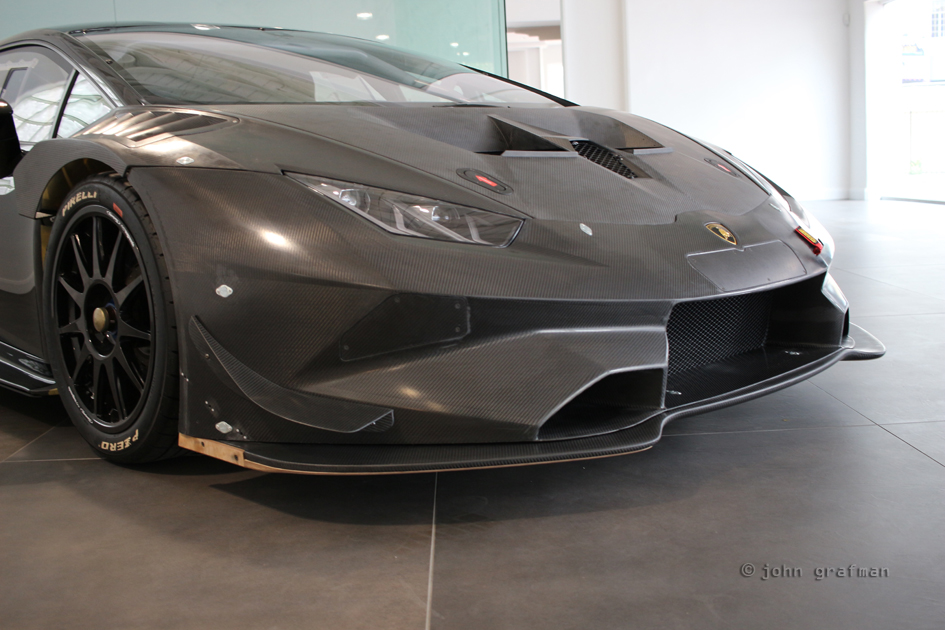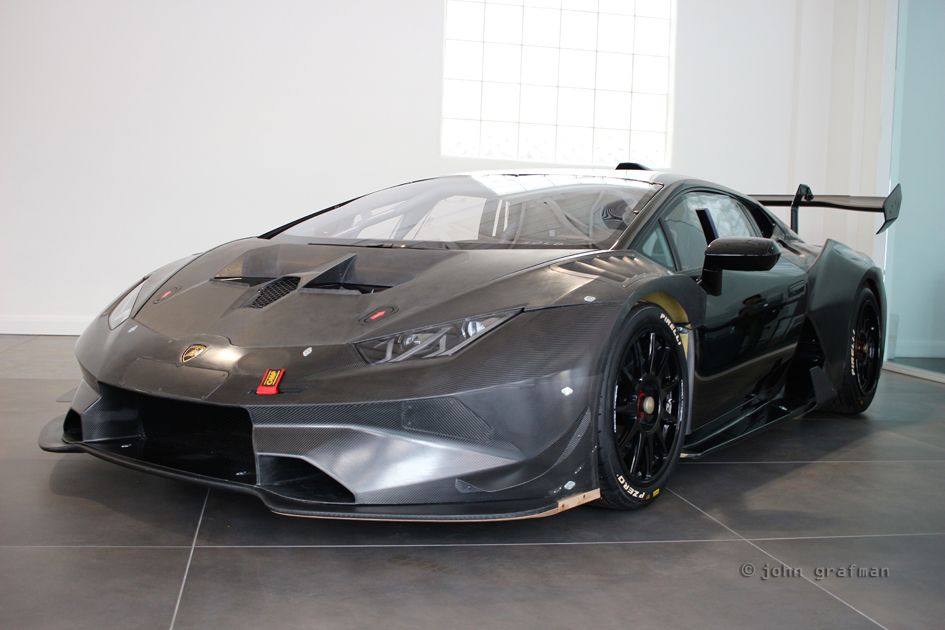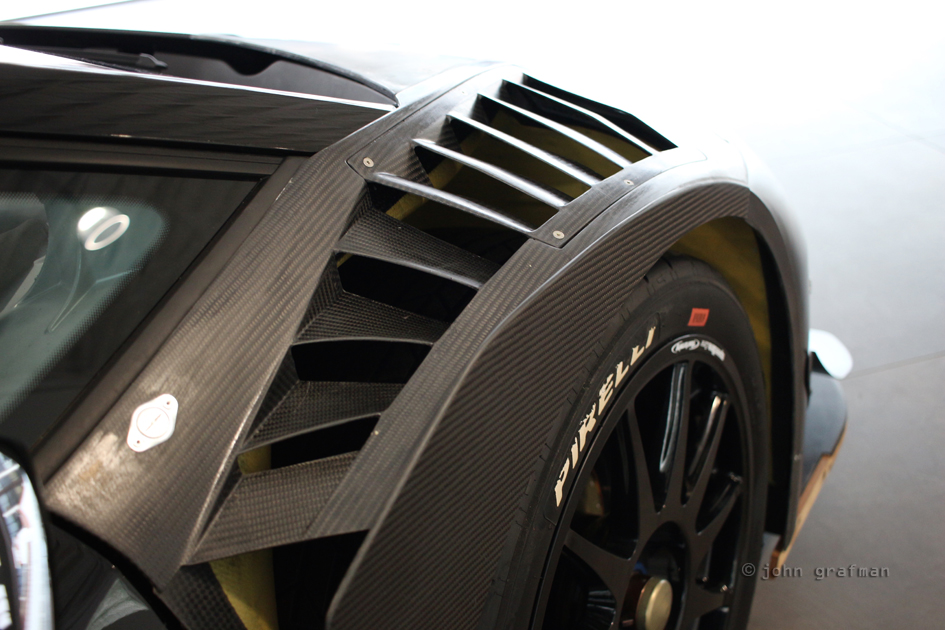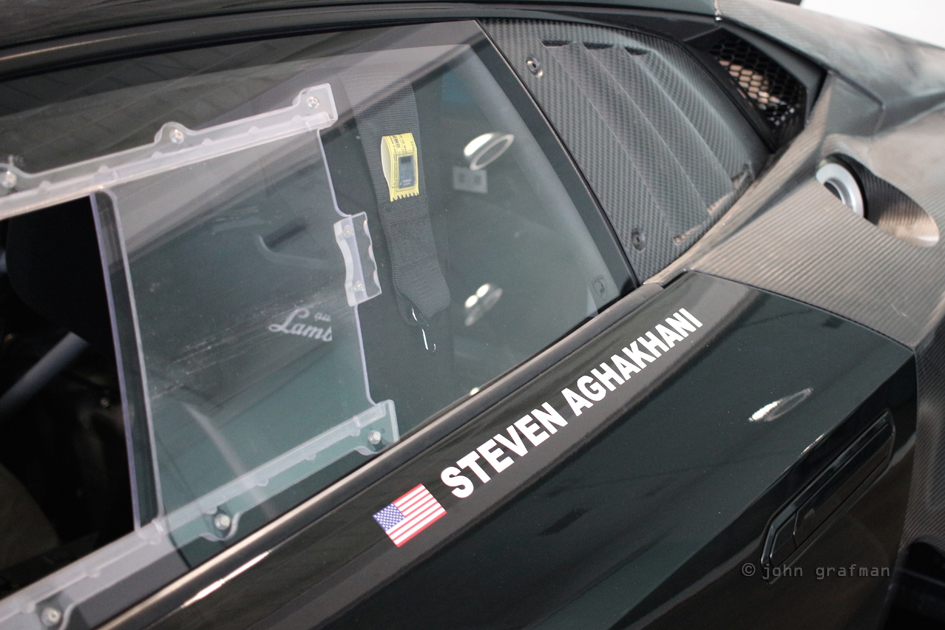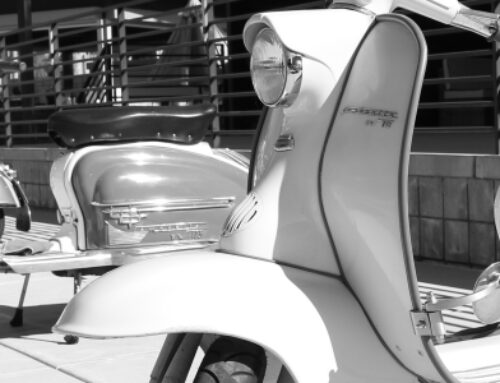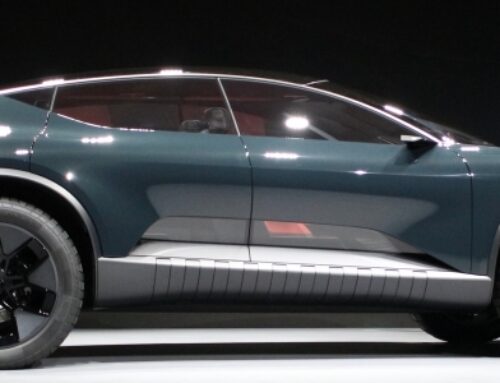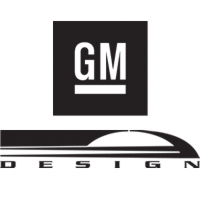More often than not, we all see things at least a little (and sometimes vastly) differently from each another. Our interpretation of colors, sounds, and even our feelings of cars, like the Huracán, change based on our age, geographic area, and socio-economic background, just to name a few reasons.
Article and images by John Grafman
Occasionally, stepping out of our comfort zone and delving into the thoughts of others provides some curious insight. In this case, AutoDesignO is peering into the mind of one special 14-year old, Steven Aghakhani.
Steven is in many ways is similar to other kids growing up in the Los Angeles area, except he’s already a proven, successful racer, and is taking possession of a Lamborghini Huracán Super Trofeo EVO (one of 12 imported into the USA). Yes, just another kid loving life!
_________________________________________________________
AutoDesignO: … and we are at Lamborghini of Beverly Hills, and we’re looking at Steven’s new car, the Huracán. Can you tell us a little bit about it?
Steven: This is the Lamborghini Huracán Super Trofeo EVO. This is the upgraded version from last year, which is the normal Huracán Super Trofeo. This car makes more downforce, same horsepower, and more grip, and it’s a really sick car. This car, it’s definitely something else to be able to drive one of these cars, it’s a dream come true for me, and it’s just a beast of an animal. This is something different!
AutoDesignO: Well, speaking of dreams. Wasn’t too long ago before you were just a little kid, now you’re a little older kid. Can you tell us a little bit about your background?
Steven: I first got into cars and carting for my father. He started me off from a really young age. At the age of six and seven, I started carting with an instructor by the name of Michael Essa (2013 Formula Drift Champion), and after that at the age of 10, I first moved into my first car that I drove. It was at the age of 12, that’s when we bought the Lamborghini Gallardo Super Trofeo, which was Lamborghini’s first real race car that they could run in a spec series with other cars and compete. That car, I drove for a year no problems at all, and then we moved up into the Huracán Super Trofeo, and now we’re moving into the Super Trofeo EVO.
So, just over the past (few) years I’ve been sticking with Lamborghini, and we’ve been progressing throughout the ranks ever since.
AutoDesignO: Can you talk to us a little bit about the design of the Huracán, because it is rather unique in a lot of ways?
Steven: The design of this car, it’s definitely scary looking. Everything on this car, it’s there for a reason. From the hood vents to the front splitter and canards, everything’s manufactured precisely and it’s crafted for a reason. The front bumper has specific inlets for better brake cooling and specific edges on the bumper to add more down force to the front canards. Everything is made for a purpose. Even the hood has a brand new vent on the middle of it that’s designed for aero and driver cooling, so the driver can keep his focus and stay faster while driving the car.
Then onto the side of the car, there’s these front fender vents. These are made for increasing down force, brake cooling, and as the wheel spins it creates air pressure, which can slow down the car, which is excess drag and this really reduces it, which is really useful. Especially when you’re mid-corner or going down a straightaway, you don’t want the excess drag to really slow you down.
You can see these really big side-skirts and huge vents here. This is for cooling and when you’re mid-corner, like at a really high speed. As you get a side wind, you wanna use the down force to keep the car stable, which is why there’s a huge fin on the side of the car and a huge gap. Then on the top, you’ll notice the very large roof scoop and shark fin.
The roof scoop is used for engine cooling and as air misses the roof scoop, it hits the shark fin and the shark fin pushes air to the bottom of the wing. As the air goes under the bottom of the wing, it shoots up and pushes the car down, which increases down force. On the back of the car, there’s a very large rear diffuser, which is all underbody down force, which is very crucial to cars and down force. Then you’ll see in the back, there’s no rear bumper or really a grill. It’s just all open air to reduce drag and excess air pressure that you don’t need.
On the side of the wing it has these sharp vents here, and this for again, mid-corner, you don’t want any unused air to not be used as down force. So, Lamborghini crafted this, and this is actually a different design of wing compared to the last year Huracán Super Trofeo. This is used to increase corner down force, which is just keeping the car stable and a lot faster throughout the corner.
Compared to the last year’s car, this car’s about a second to a second and a half, maybe two seconds faster, depending on which track you go to. But, in racing a second can definitely do a huge amount.
AutoDesignO: Also, there’s an extensive amount of carbon fiber on the Lamborghini Huracán…
Steven: The use of the carbon fiber was for a stronger structure for the car. Obviously, the use of carbon fiber being mainly such a light material, Lamborghini used that to kind of play to their advantage and make such a light car, which will definitely increase the speed and the amount of flexibility that the car can hold, especially with its structure.
AutoDesignO: There’s also a mixture of both paint and carbon fiber here. Your personal preference, what do you like to see on a car?
Steven: Me, being a race car driver and just like always going crazy over little bits of carbon fiber, I would prefer the car be fully carbon fiber. Obviously Lamborghini had to use paint and real body for driver safety. Obviously, a roll cage and seat can only do so much. The car body comes into big play here, so that’s why Lamborghini decided to not really use that much of carbon fiber for the roof and doors.
AutoDesignO: On the interior of the Huracán, can you tell us a little bit about the functionality of the design?
Steven: It’s mainly stripped out compared to the street car. It’s really lightweight; there’s no dash in the car. There’s a lightweight steering wheel and a bucket seat, along with a five point harness, and in this car actually, it has a clutch pedal, so Lamborghini could put a lightweight gearbox and a lightweight racing gearbox in here.
Then you have a Motec screen, full control panel as a center console, and functional buttons on your steering wheel to talk to your crew, change your traction ABS settings, the wipers, pit speed limiter, change of arm, and you can even change the different pages that come up on the screen. In some cases you need to check something, like temperature or maybe something’s wrong with the car. You can just check that, clear the code, and you can keep racing so you don’t have to come into pits and lose time.
AutoDesignO: How easy is it to activate all those while you’re racing the Huracán?
Steven: It was definitely really hard at the start. Cause you have to keep your speed up, focus on the road, but also know the buttons and learn the screens. So, it was definitely hard for me to get used to that at the start. But, over time as I kept driving the car and kept racing the car, I definitely got used to it and right now it’s really easy.
You’ll start remembering the screens, the memories of which button’s where, what does what, what setting can you change for the car at a specific track. Then it just kind of all comes into driver experience and seat time. The more you drive the car, the more comfortable you get, the faster you get, and the more connected you get with the car itself.
AutoDesignO: While you’re not driving cars on the street (still too young for a driver’s license), what do you think about all the additional complexity that drivers now have with some of the controls in their cars, let alone the fact that they also have to deal with traffic conditions and people going every which-way?
Steven: I think the car technology world is advancing at such a fast rate, it’s almost difficult to put it into race cars because race cars … Correct me if I’m wrong, race car drivers being myself, I like the car to be me and the car, and no other settings. I don’t want any assistance things. Traction, ABS, they have their bonuses, especially the antilock brake system on this car, which is a very amazing system, and an especially beautiful job done by Brembo with these brakes. These amazing brakes! But the traction control, it can sometimes ruin you.
Sometimes I’ve had an experience where, one time, traction control actually spun me out, instead of saving me. So, it’s definitely a win/lose situation. Mostly, I would say that in normal cars, people would enjoy these type of things. They’ll feel safer, they’ll feel more comfortable in their car. But, if you’re driving at high speeds, I like to just kind of focus on just me and the car. I don’t really want a computer getting in the way to ruin that.
AutoDesignO: You’ve driven a few other cars as well, can you kind of give us a little comparison in design, and things that you like about each car.
Steven: I first started off with I believe 2004 or ’05 BMW E46 M3, and I mean that car was just a pure street car. It was bone stock, all the car had was exhaust. Don’t get me wrong it’s a really fun car to drive on the street, but compared to the race car it’s a little lacking on the speed right there.
My next car that I drove was a 2014, ’15, or ’16 Mercedes AMG GTS that was a much different car compared to the E46 M3 because that car made a lot more horsepower, a lot more downforce, and the car had a lot more grit, which actually was the first car that I went off track on. It was at a speed district at Willow Springs Raceway. Going into turn nine, I carried too much speed and I kind of had hung two wheels off the dirt, but I kept it straight. Just got back on track carefully and just kept putting in laps.
AutoDesignO: From the design perspective, what do you like about each car? What stands out, do they fulfill the promise of the design?
Steven: Each car has its own characteristics. Each car is designed to perform the way they are supposed to. If a car’s supposed to perform crazy, obviously the car will have crazy down force, and a lot of design to the car.
The E46 M3, it’s a really subtle car, doesn’t make a lot of downforce. It essentially, I wouldn’t really want to say slow, but it looks like a mild and a timid car. And that’s exactly the way it performs. The GTS, it’s kind of a vicious and angry looking car, which essentially why it’s a much faster sports or super car to some people.
And then, the next street car, which actually we still have to this day, is a 2016 McLaren 650S, which we did a straight pipe end tune to it. McLaren has some of the best technologies out there, along with Lamborghini, Audi, and all the really big car brands. The McLaren 650S is essentially what they call a Baby P1. So, that car makes less downforce than the P1, less horsepower, but with the correct driver it can probably keep up.
Honest to God, that car is one of the greatest looking cars in the world. But, obviously compared to a race car it lacks down force and the driver ability to keep running the car, because the car will overheat. That’s the beauty about race cars, that they’re designed to go fast, make down force, but also keep the car cooled the entire time. Which, is the problem with these street cars, they can never ever do that.
AutoDesignO: One of the other things that’s interesting is we’re seeing within the auto industry that a lot of kids are just less interested in automotive things in general. You’re clearly an anomaly. Do you understand why kids today just don’t have the interest and passion that they might have say decades ago?
Steven: I don’t really know the answer to that. Being honest, it’s kind of like it’s a passion you grow when you’re really young and you just stick with it. It’s a thing that you have to love. You can’t like it and then not like it. The automotive industry and cars, you have to really be found of it. You have to be connected to everything. You can’t just be a part of it, you have to be connected and you have to enjoy everything.
I feel like it’s kind of stressful or too much to handle for some of the kids and people nowadays to learn and know about cars, which I can kind of see why. But if you were to, like I said before, start it from the very beginning of your lifetime, and just grow with it, it’ll be a breeze and you’ll understand it 100%.
Find more about Steven Aghakhani add his Huracán at http://www.stevenracing.com
More on the Huracán can be found at Lamborghini.


